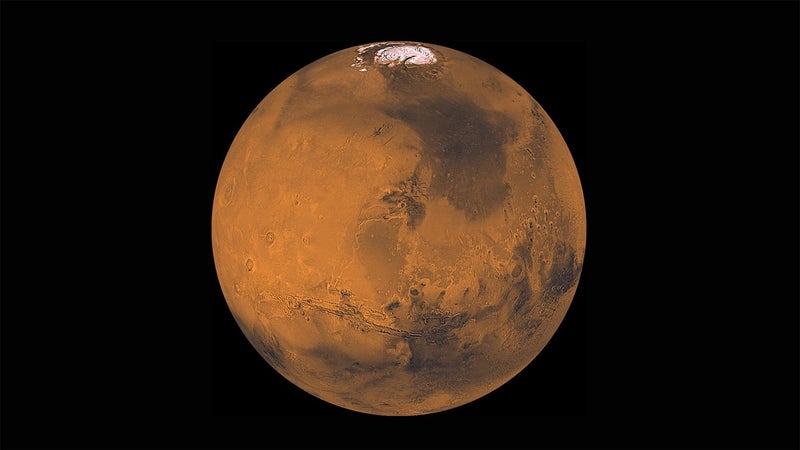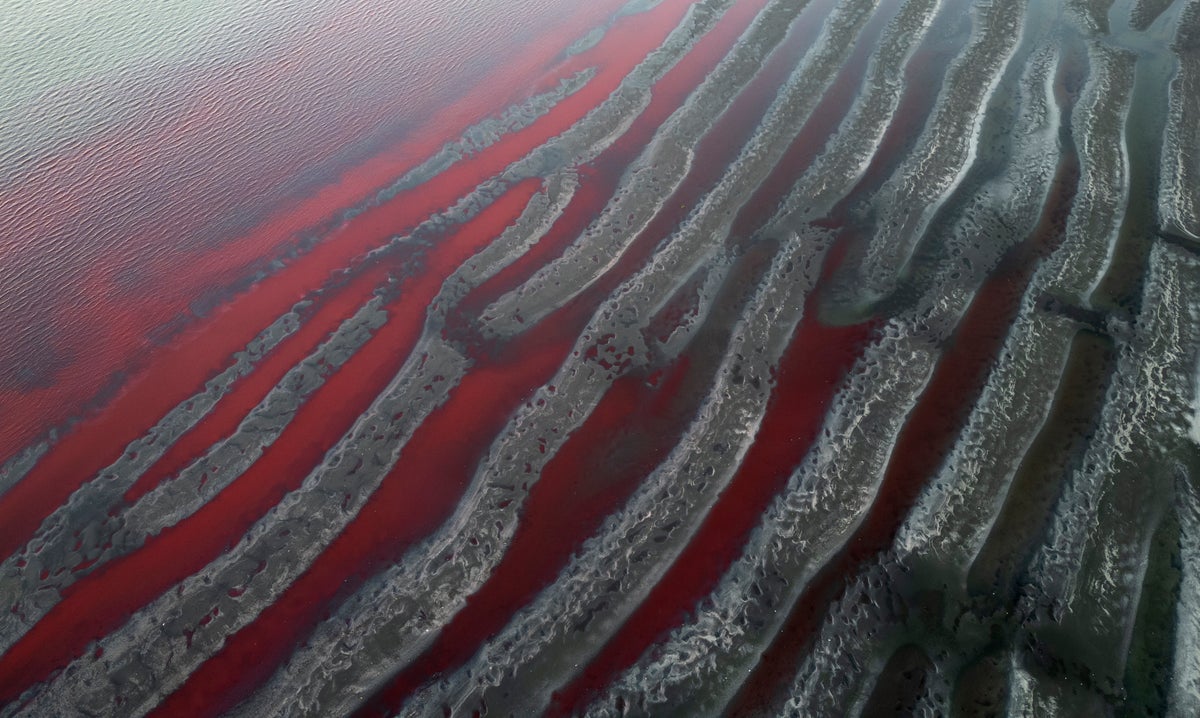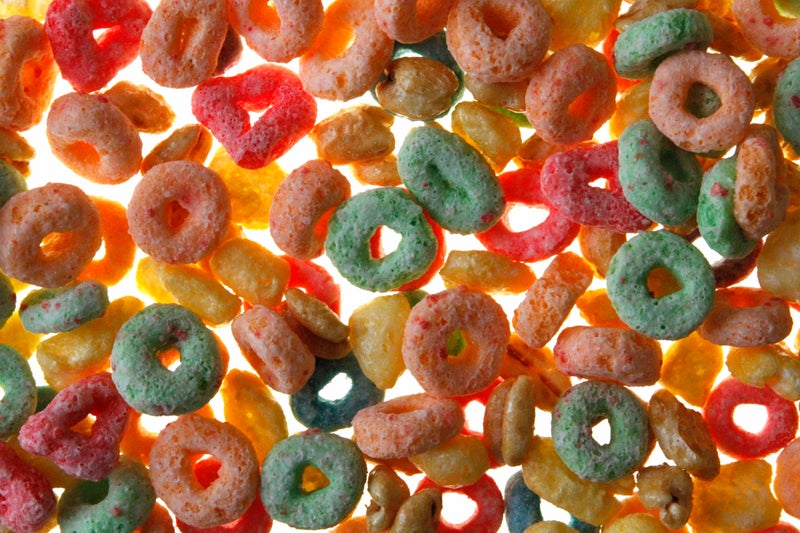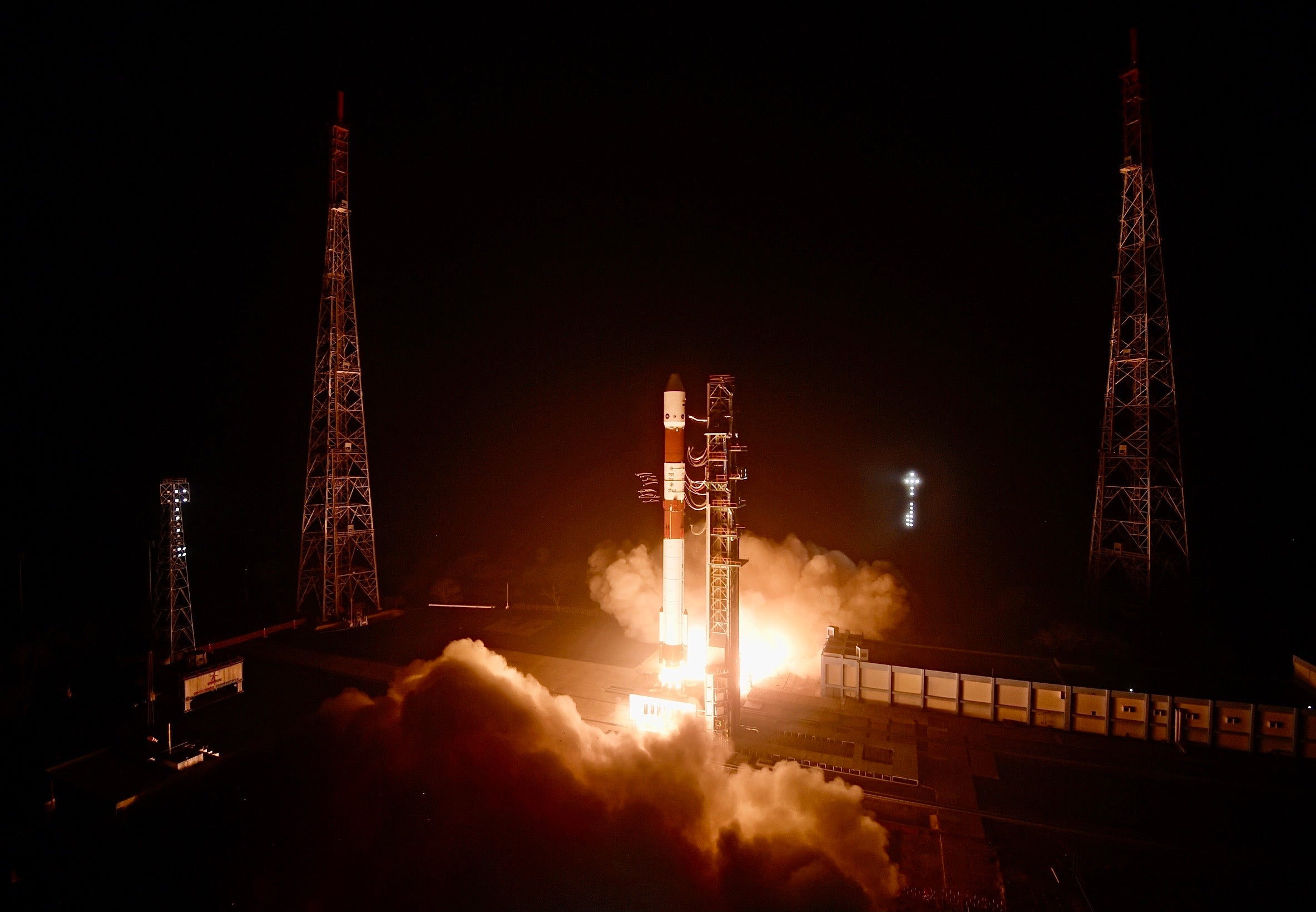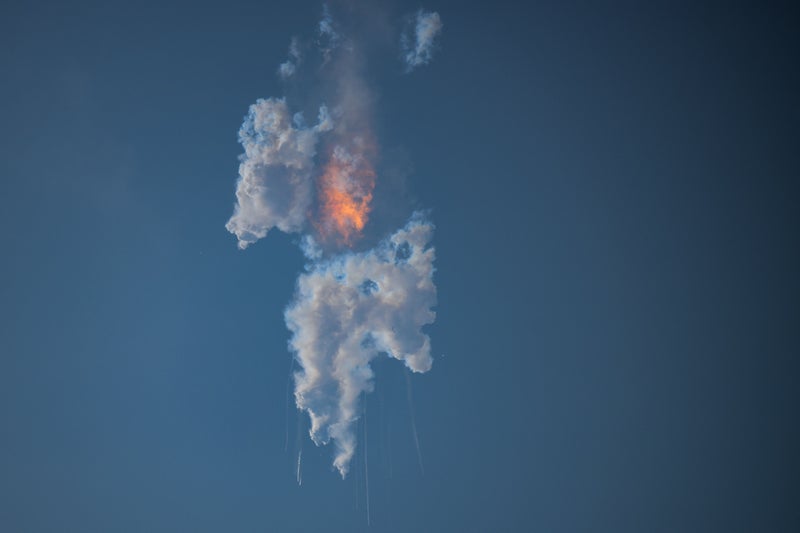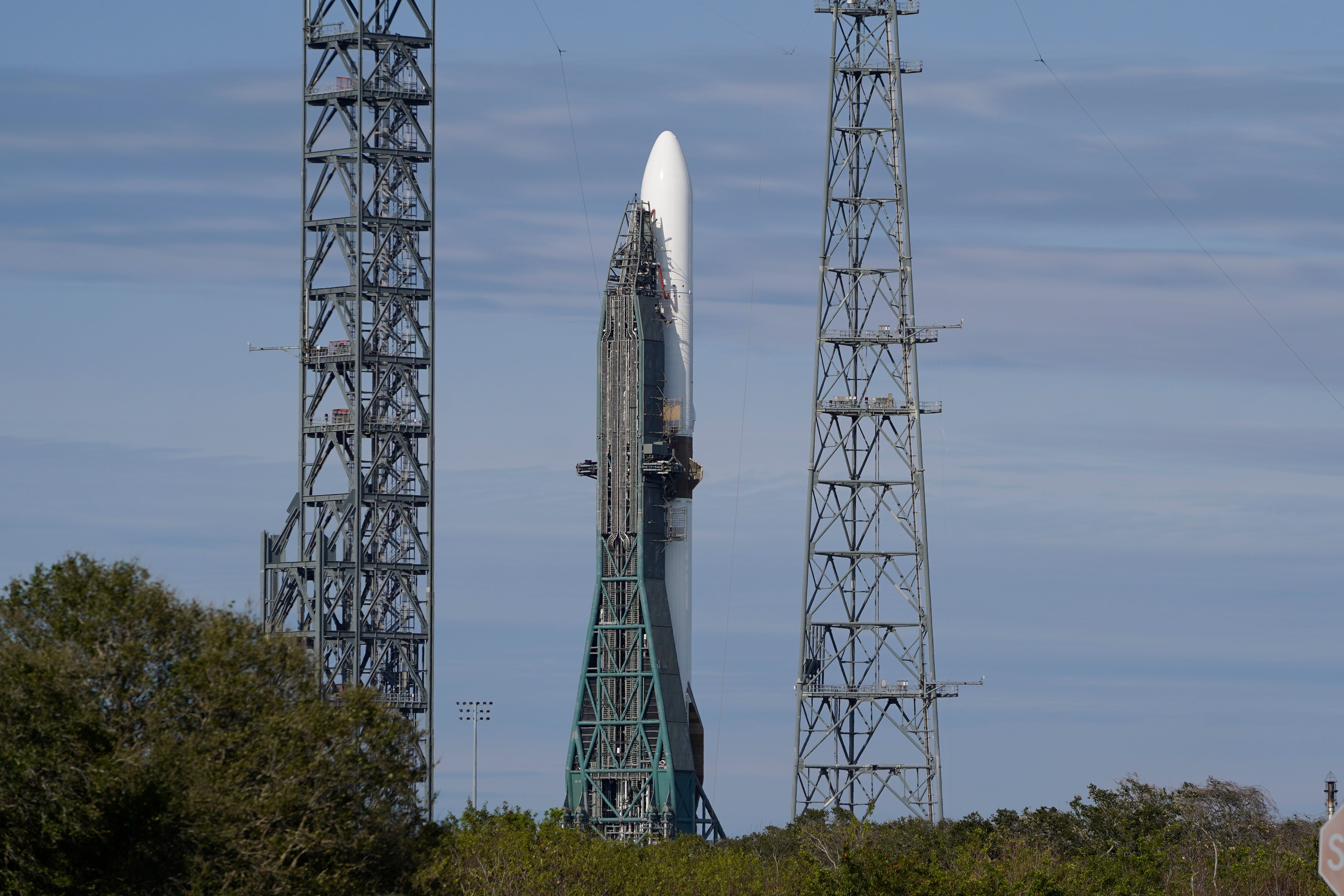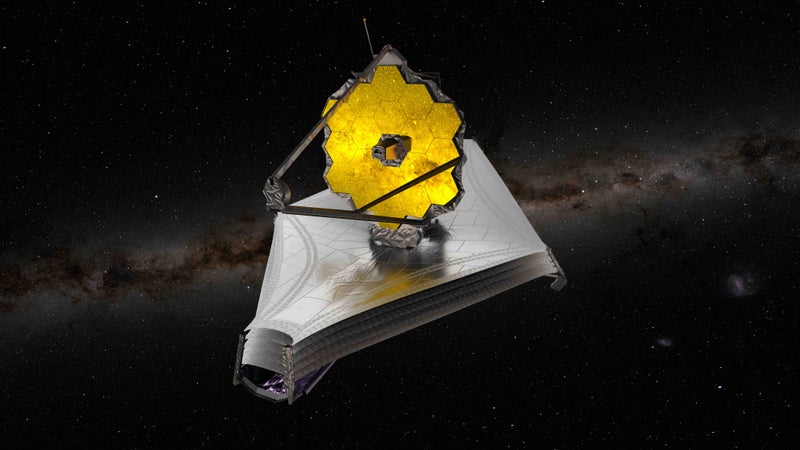“Some of the samples already collected by NASA’s Perseverance rover and awaiting return to Earth include dust; once we get these precious samples into the lab, we’ll be able to measure exactly how much ferrihydrite the dust contains, and what this means for our understanding of the history of water – and the possibility for life – on Mars,” Colin Wilson, Trace Gas Orbiter and Mars Express project scientist, said.
They used data from the agency’s Trace Gas Orbiter, NASA’s Mars Reconnaissance Orbiter, and rover data to determine particle size and composition to create the right size dust in the lab.
Dust storms there can engulf the entire planet] The red dust on Mars is mostly rust.
So, researchers had posited that the type of iron oxide much have been the mineral hematite and formed under dry surface conditions through reactions with the planet’s atmosphere over billions of years – following its early wet period.
Using spacecraft observations and new lab techniques, scientists now say that the red color is better suited to iron oxides that contain water.

